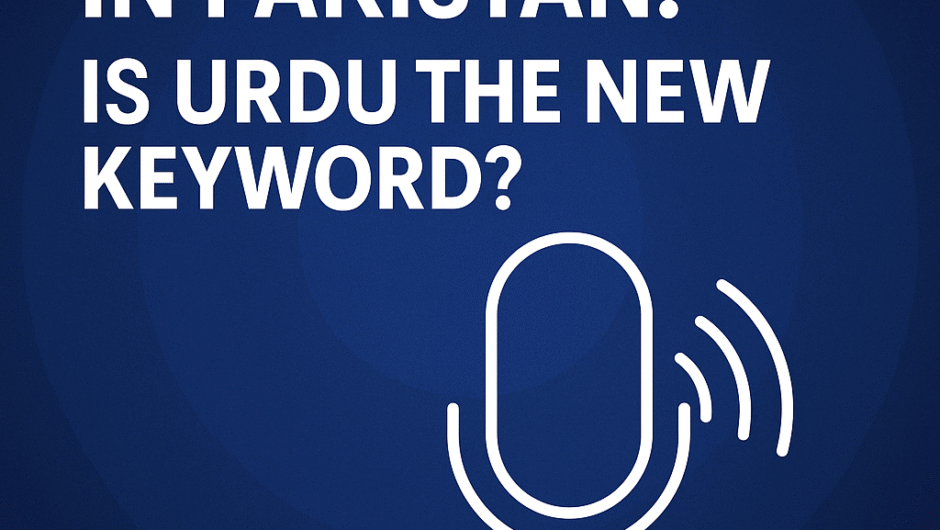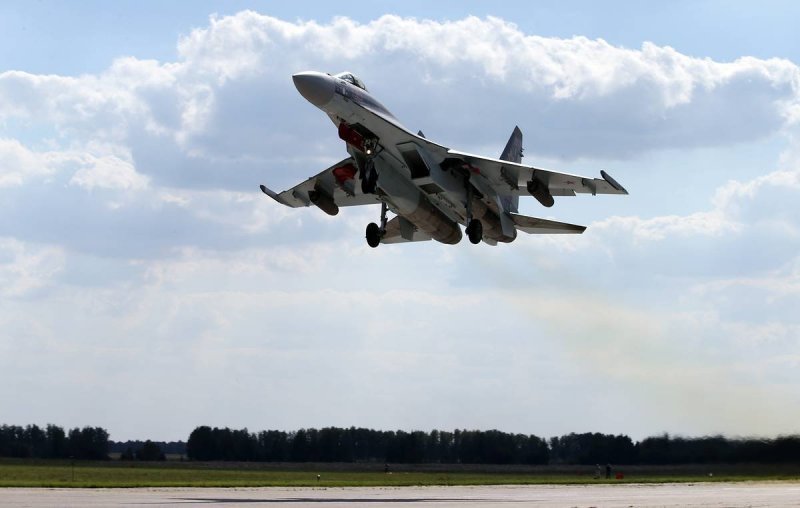Before the modern Israel-Palestine conflict became one of the world’s most enduring struggles, the land was home to a predominantly Arab population. For centuries, Palestinian Muslims and Christians lived across towns, villages, and farming communities in historic Palestine. They spoke Arabic, practiced their faiths, and maintained centuries-old cultural and trade connections with the broader Arab world. Under Ottoman rule, which lasted from the early sixteenth century until the First World War, Palestine was a diverse and thriving region with Jerusalem, Hebron, Jaffa, Gaza, and Nablus as important centers of life.
In the late nineteenth century, a new political ideology emerged in Europe called Zionism, calling for the creation of a Jewish homeland. Although small Jewish communities already existed in Palestine, they were historically part of the local fabric, living alongside Muslims and Christians without large-scale political conflict. This changed when organised Jewish migration from Europe began, encouraged by Zionist leaders who believed the ancient land of Israel was the rightful home of the Jewish people. These migrations, known as the “aliyahs,” were motivated by both religious and nationalist aspirations, as well as the desire to escape antisemitism in Europe.
How Did the Jewish Migration to Palestine Begin? Early Waves and Changing Demographics
Rise of Zionism and Early Migration
The first wave of modern Jewish migration to Palestine began around 1882, during Ottoman rule. Many settlers came from Eastern Europe and Yemen, purchasing land from absentee landlords, often without direct contact with the Palestinian farmers living on it. These farmers were sometimes displaced, leading to growing resentment among the local Arab population.
The Zionist movement gained momentum in Europe under leaders such as Theodor Herzl, who saw establishing a Jewish state in Palestine as the ultimate solution to the “Jewish Question” in Europe. This vision aligned with European colonial attitudes at the time, and some Western powers viewed Zionism as a way to extend their influence in the Middle East.
British Mandate and the Balfour Declaration
After the First World War, the British took control of Palestine under the British Mandate. In 1917, the British government issued the Balfour Declaration, expressing support for “a national home for the Jewish people” in Palestine. This promise was made without consulting the Arab majority, who made up more than 90 percent of the population. Over the following decades, Jewish immigration accelerated, especially during the 1930s when Jews fled Nazi persecution in Europe.
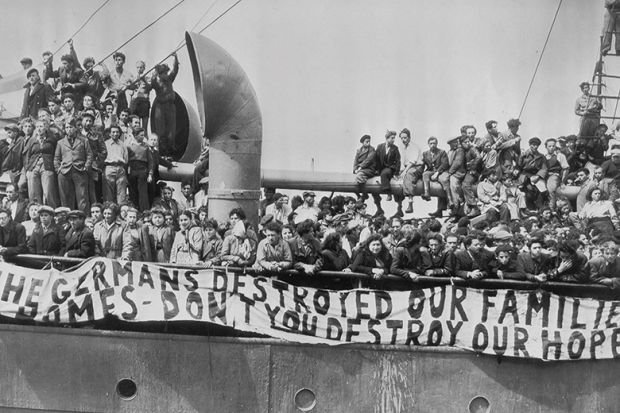
The Holocaust was the systematic, state-sponsored genocide carried out by Nazi Germany during World War II, in which approximately six million Jews were murdered through mass shootings, forced labor, starvation, and extermination camps. When the war ended in 1945, tens of thousands of Jewish survivors were left without homes, families, or safe futures in Europe. Many returned to their towns only to face continued antisemitism, destruction, and the loss of entire communities. Seeking refuge and a place to rebuild, large numbers looked toward Palestine, which they regarded as their ancestral homeland. The photograph above captures a ship carrying Holocaust survivors in the late 1940s, their faces marked by both exhaustion and hope.
In the above picture, A banner draped across the vessel reads, “The Germans destroyed our families, do not you destroy our hopes,” addressing the British authorities who controlled immigration to Palestine under the Mandate. At the time, Britain had imposed strict quotas on Jewish immigration to appease Arab opposition, forcing many survivors to attempt entry through clandestine voyages. This migration wave significantly altered the demographic and political realities in Palestine, laying the groundwork for deepening tensions between the incoming Jewish settlers and the indigenous Palestinian population.
Many ships, like the one in the photo, carried refugees without official permits; these were called Aliyah Bet (illegal immigration) voyages.
1948: Establishment of Israel and the Nakba
By the mid-1940s, the demographic and political landscape had changed significantly. The indigenous Palestinians faced increasing land loss and restrictions, while Zionist militias prepared militarily for the establishment of a Jewish state. This tension culminated in the events of 1948, when the State of Israel was declared, and hundreds of thousands of Palestinians were forced from their homes in what they call the Nakba, or catastrophe.
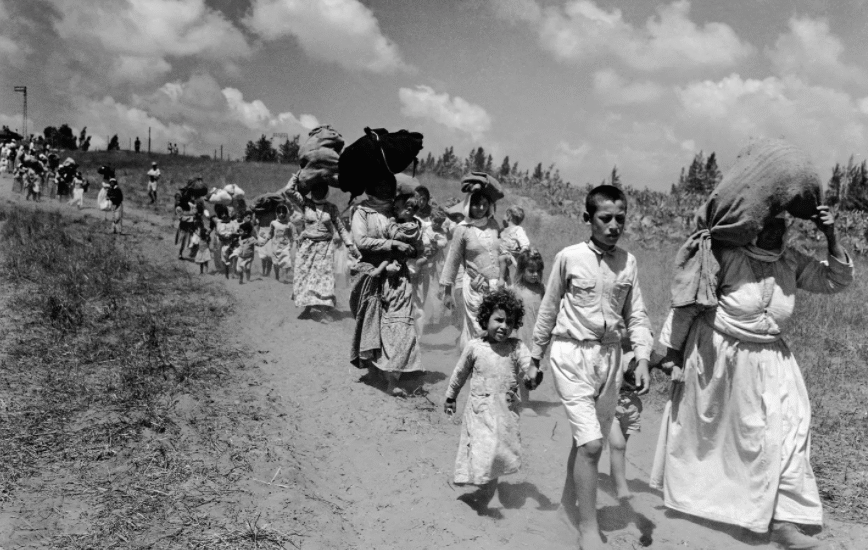
Post-1948 and Occupation Since 1967
In 1967, Israel captured the West Bank, Gaza Strip, and East Jerusalem during the Six-Day War. It retained control and began building settlements in those territories, which remain central to the conflict dynamics to the present day.
What Does Zionist Entry into Palestine Entail?
The term “Zionists entered Palestine” refers to the wave of Jewish migration fueled by nationalism and colonial aspirations. Zionists, motivated by historical and religious claims and reacting to anti-Semitism in Europe, established settlements. These actions were facilitated by British support via the Balfour Declaration and later international sanction amid the decline of the Ottoman Empire and rise of British influence. The process effectively set the stage for conflict over competing claims to land and sovereignty.
Which Nations Recognize Palestine?
In 1988, the Palestine Liberation Organization formally declared the State of Palestine. By the end of that year, approximately 78–83 countries had swiftly recognized its sovereignty. Since then, recognition has surged, as of early 2025, around 147 of the 193 UN member states officially recognize Palestine, roughly three-quarters of the international community.
In 2012, the UN granted Palestine non-member observer state status, cementing its diplomatic presence despite not achieving full membership. Recently, France announced it will formally recognize Palestinian statehood at the UN General Assembly in September 2025, becoming the first G7 and Security Council member to do so.
Meanwhile, Canada has also signalled intentions to recognize Palestine in September 2025. UK Prime Minister Keir Starmer has emphasised that recognition of a Palestinian state will follow meaningful progress toward peace and humanitarian relief, and noted that UK recognition is contingent on Israel’s response to the escalating Gaza crisis
Have There Been Calls of Genocide?
Many analysts, activists, and some legal bodies have characterized Israel’s actions, especially in Gaza, as amounting to genocide. South Africa brought a case before the International Court of Justice (ICJ) claiming genocide in Gaza. The ICJ found the claim “plausible” and ordered Israel to prevent genocidal acts and allow humanitarian relief. Human rights experts, including the UN special rapporteur, have indicated “reasonable grounds” that genocide thresholds might have been reached. This claim remains highly contested and central to international debate.
Why Is Al-Aqsa Mosque Important for Muslims and Jews?
For Muslims
The Al-Aqsa Mosque, also known as the Noble Sanctuary or Haram al-Sharif, is the third-holiest site in Islam, after Mecca’s Kaʿbah and the Prophet’s Mosque in Medina. According to Islamic tradition, it was the first qibla (direction of prayer) for Muslims, and it is the site from which the Prophet Muhammad is believed to have ascended to heaven during the Night Journey (Isra and Miʿraj). The Dome of the Rock within the compound encloses the Foundation Stone, which holds major significance in Islamic narrative and architecture.
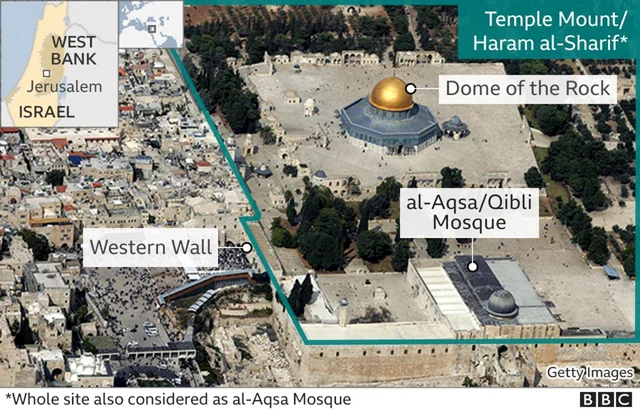
For Jews
For Jews, the site is revered as the location of the First and Second Temples, including Solomon’s Temple, and is Judaism’s holiest place. The Western Wall, the surviving remnant of the Second Temple, is a central place of praye.. The site plays a key role in Jewish identity and messianic hopes, as many believe the Third Temple will be rebuilt there.
Status Quo and Recent Incidents
Since 1967, Israel has controlled access to the compound and its status quo arrangement allows Muslim religious authorities (via the Waqf) to manage the site, while Israel retains security control. Non-Muslims may visit but are prohibited from praying there.
Just days ago, on August 3, 2025, Israel’s far-right Security Minister Itamar Ben-Gvir reportedly prayed within the Al-Aqsa compound, violating the status quo. He was widely condemned for the act, viewed as provocative and destabilising.
How Are Muslim and Jewish Narratives Framed?
Muslim Perspective
Many Muslims view the conflict as anticolonial resistance against Zionism and occupation. The ongoing Nakba reflects a persistent sense of dispossession and denial of Palestinian rights. Muslims regard Al-Aqsa as an essential site of religious and national identity threatened by settler movements.
Jewish Perspective
Jews typically emphasize their historical and religious ties to the land, dating back to Biblical times. Zionism is seen by many Jews not as colonisation but as return, reclaiming a homeland for Jews after centuries of persecution. The Temple Mount is a focal point of faith and national belonging.
Current Conflict, Numbers, and Present Reality
As of 1 August 2025, the Gaza war has resulted in over 74,000 Palestinian deaths, more than 2,000 Israeli deaths, nearly 1.9 million Palestinians displaced, and hundreds of thousands displaced or evacuated on the Israeli side. This ongoing violence continues to deepen humanitarian crises and fuel international debate and calls for justice.
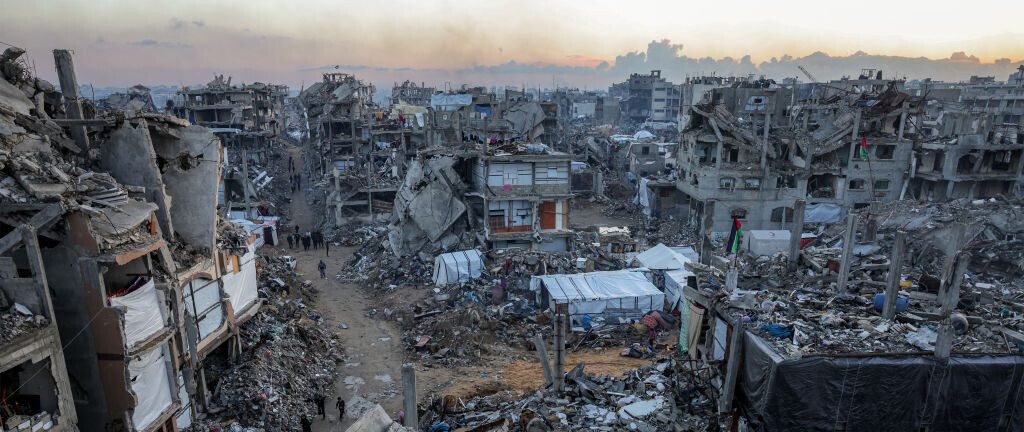
The Bottom Line
For more than a century, the Palestinian people have endured relentless hardship and oppression. From the early days of Zionist migration and land dispossession, through the catastrophic Nakba of 1948, to decades of military occupation, displacement, and restriction, Palestinians have faced profound challenges to their rights, identity, and existence.
Despite numerous peace efforts, negotiations, and international calls for justice, the reality on the ground remains stark. Palestinian communities continue to suffer from forced evictions, settlement expansion, blockades, and violence. The recent escalation has once again brought devastating loss of life and shattered countless families, deepening the humanitarian crisis.
Understanding the Israel-Palestine conflict requires acknowledging this history of oppression and the legitimate aspirations of the Palestinian people for freedom, dignity, and statehood. It is a story of a people who have steadfastly resisted erasure, holding onto their land, faith, and identity against immense odds.
Also, see:
Toyota Central Motors Launches Free 14-Point Vehicle Inspection for Independence Day 2025
Topics #featured #Pakistan #trending pakistan

